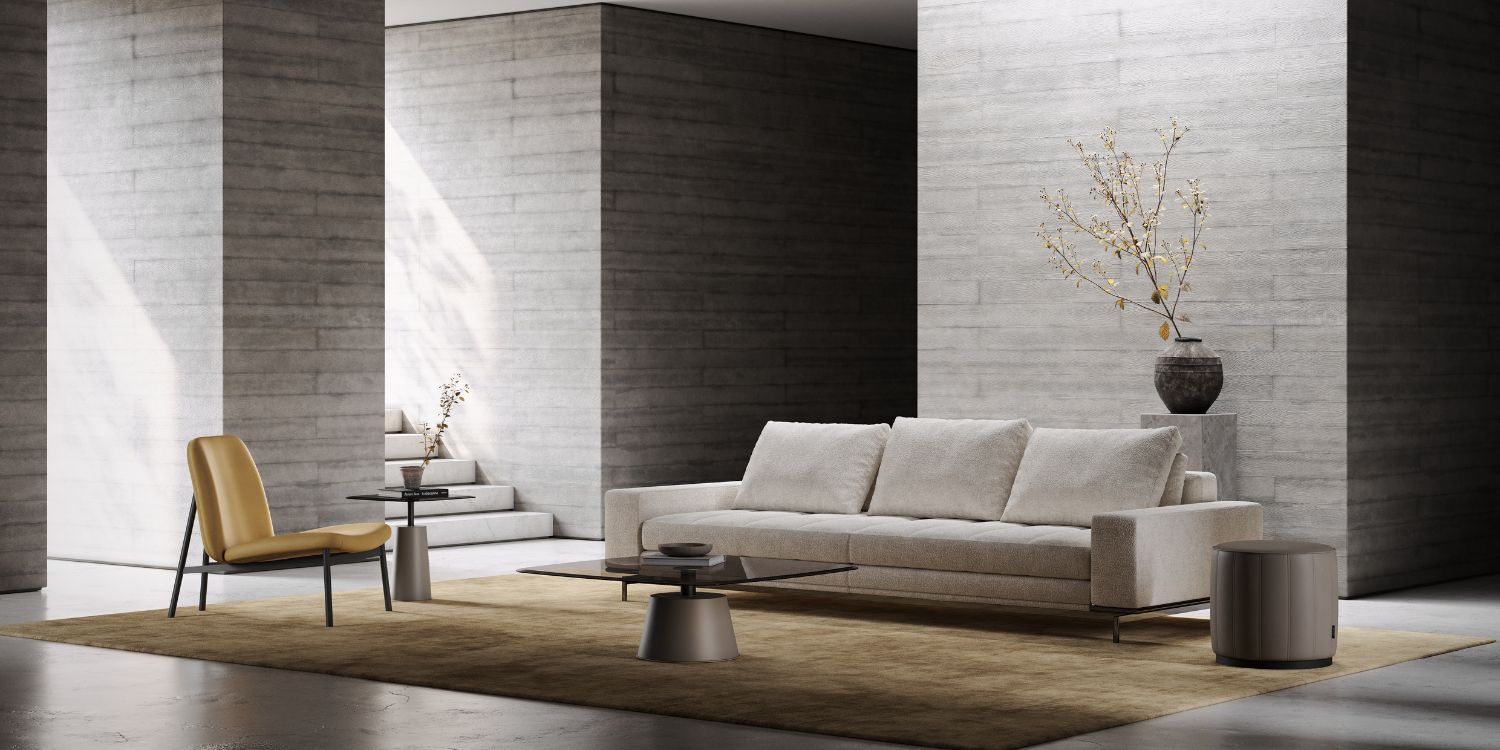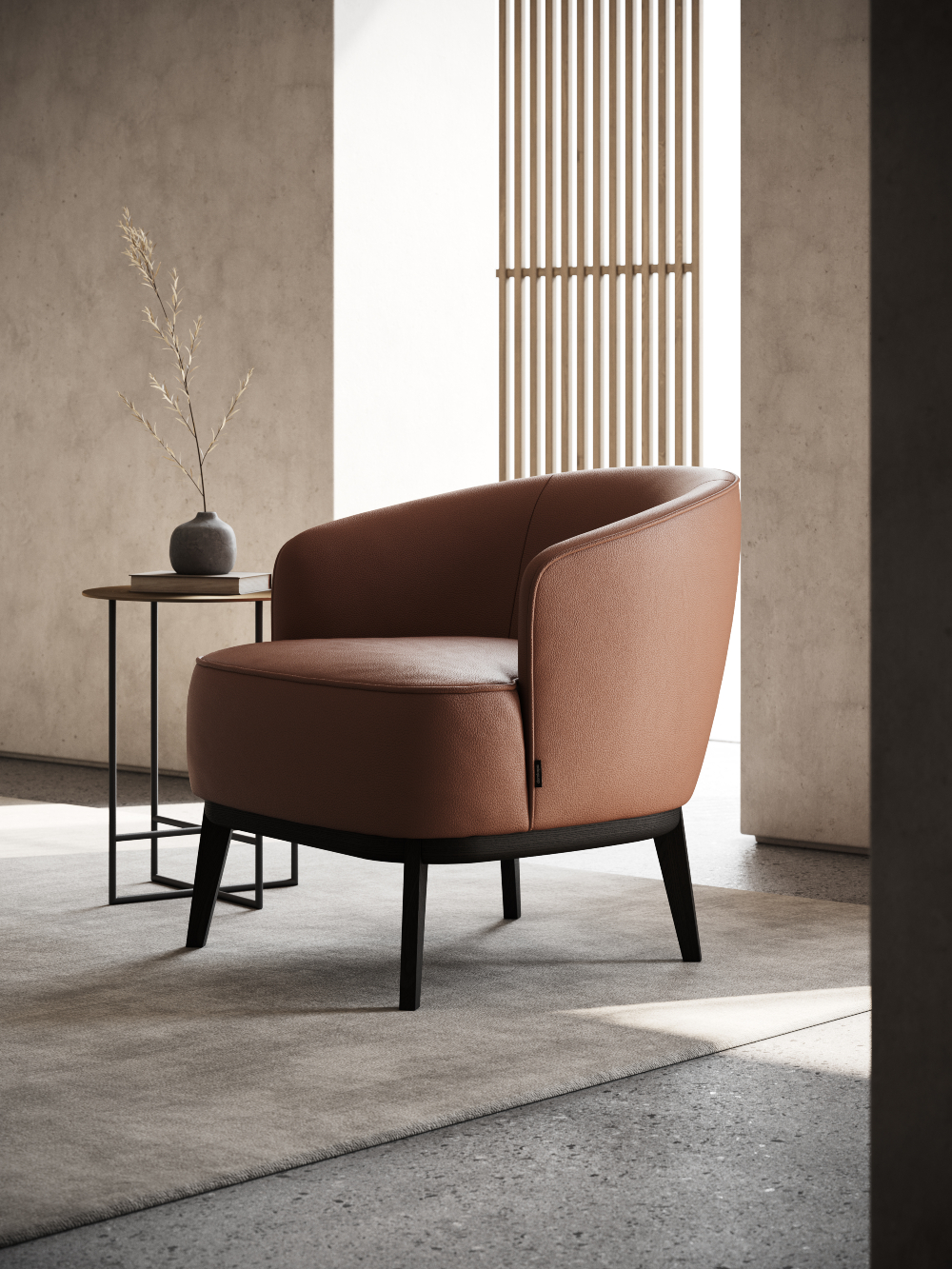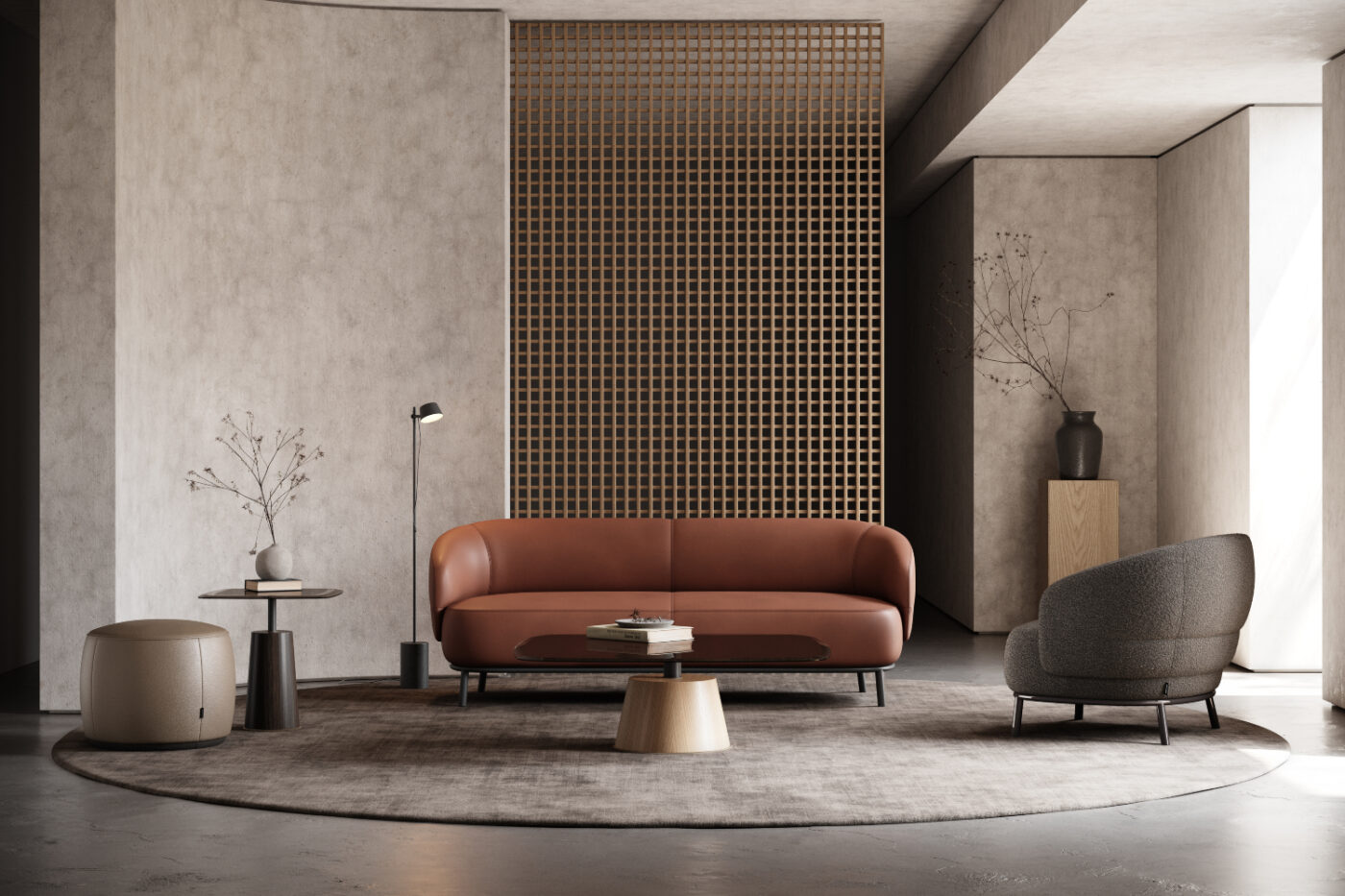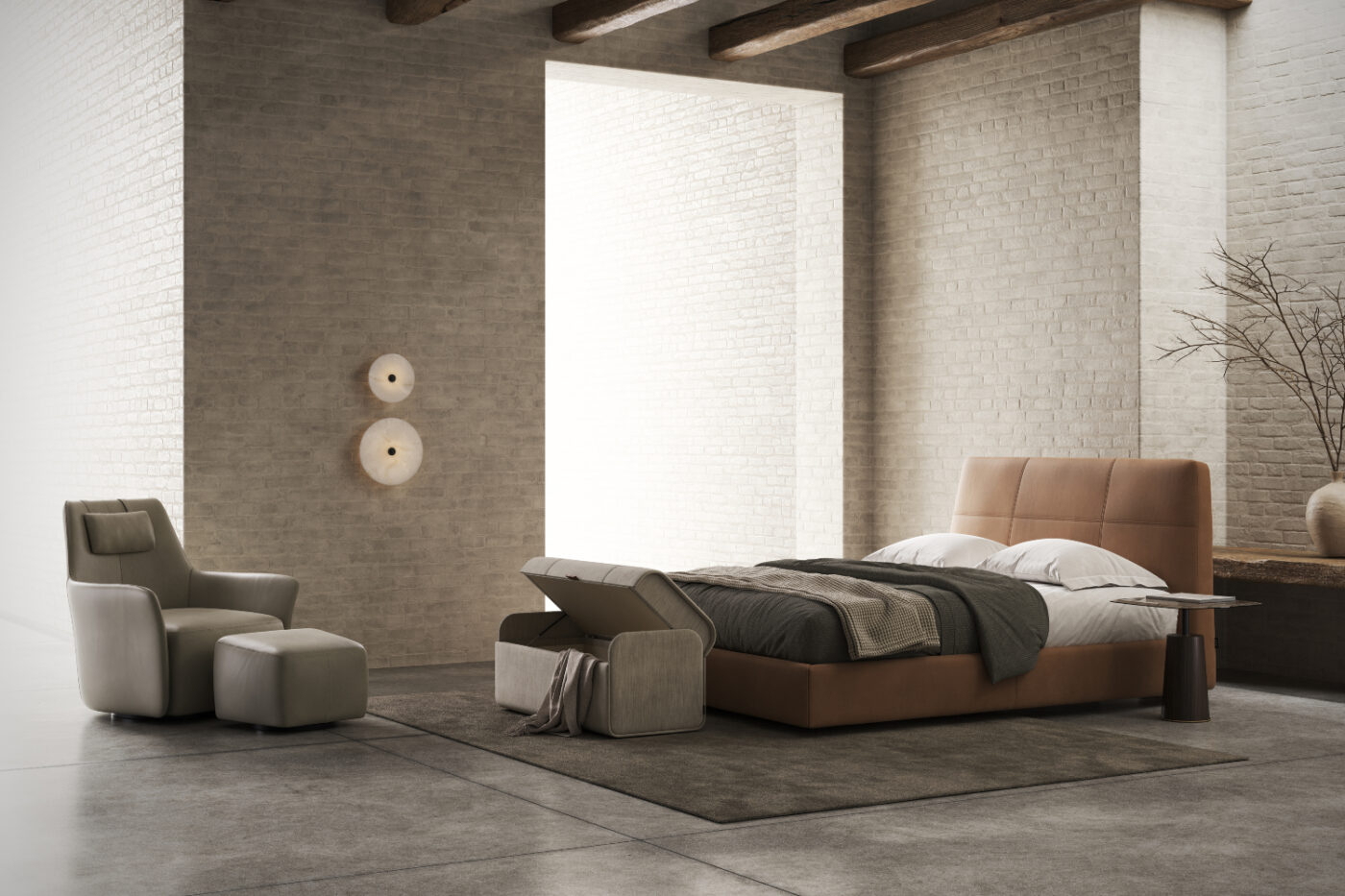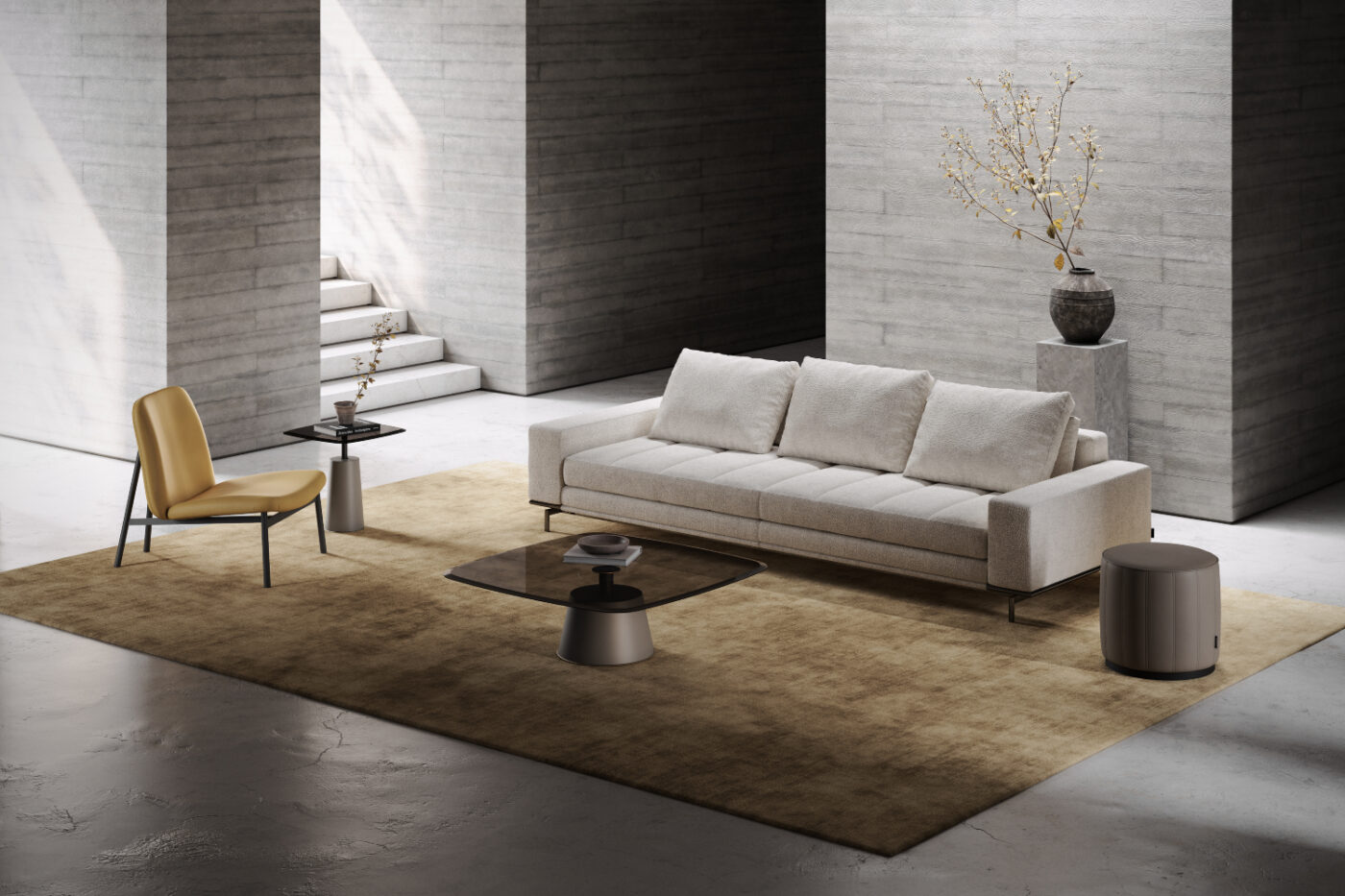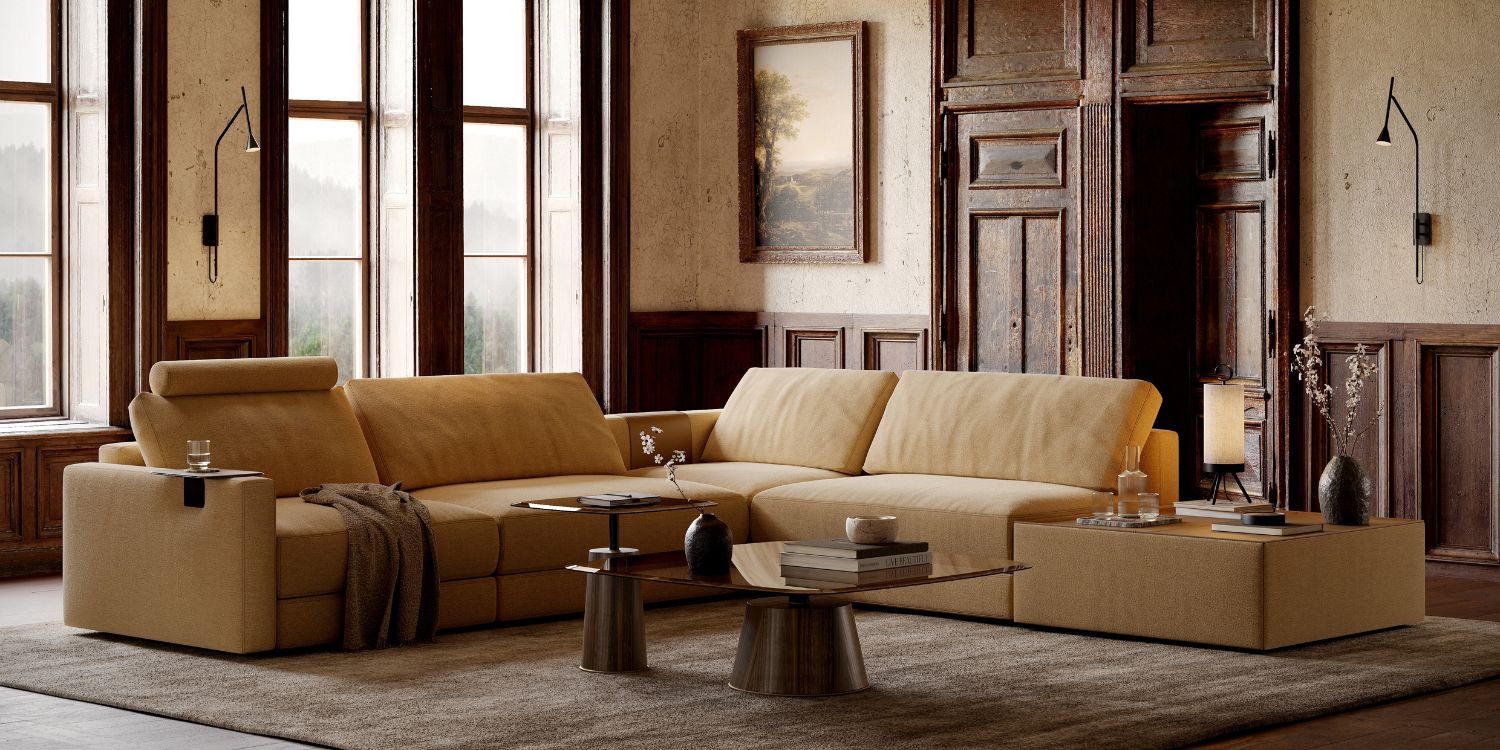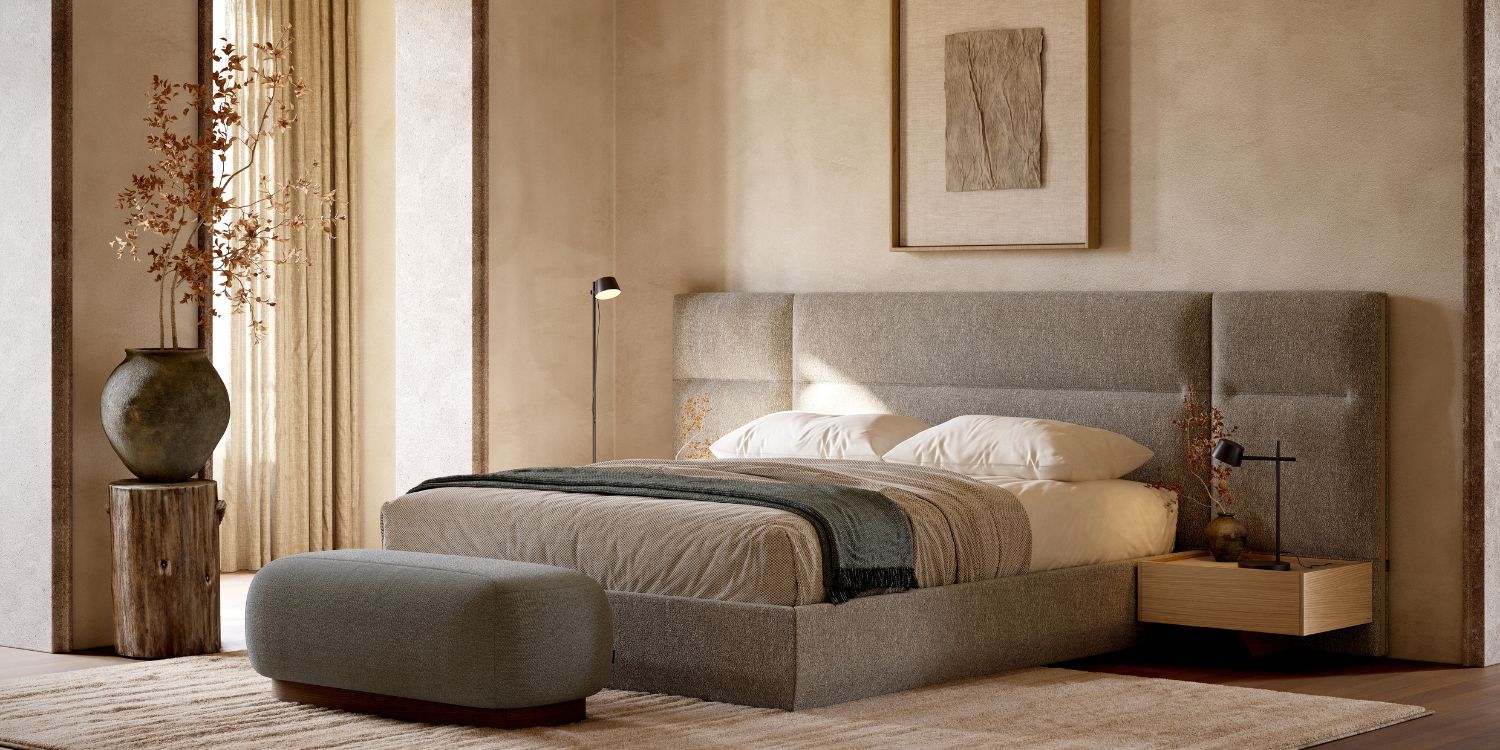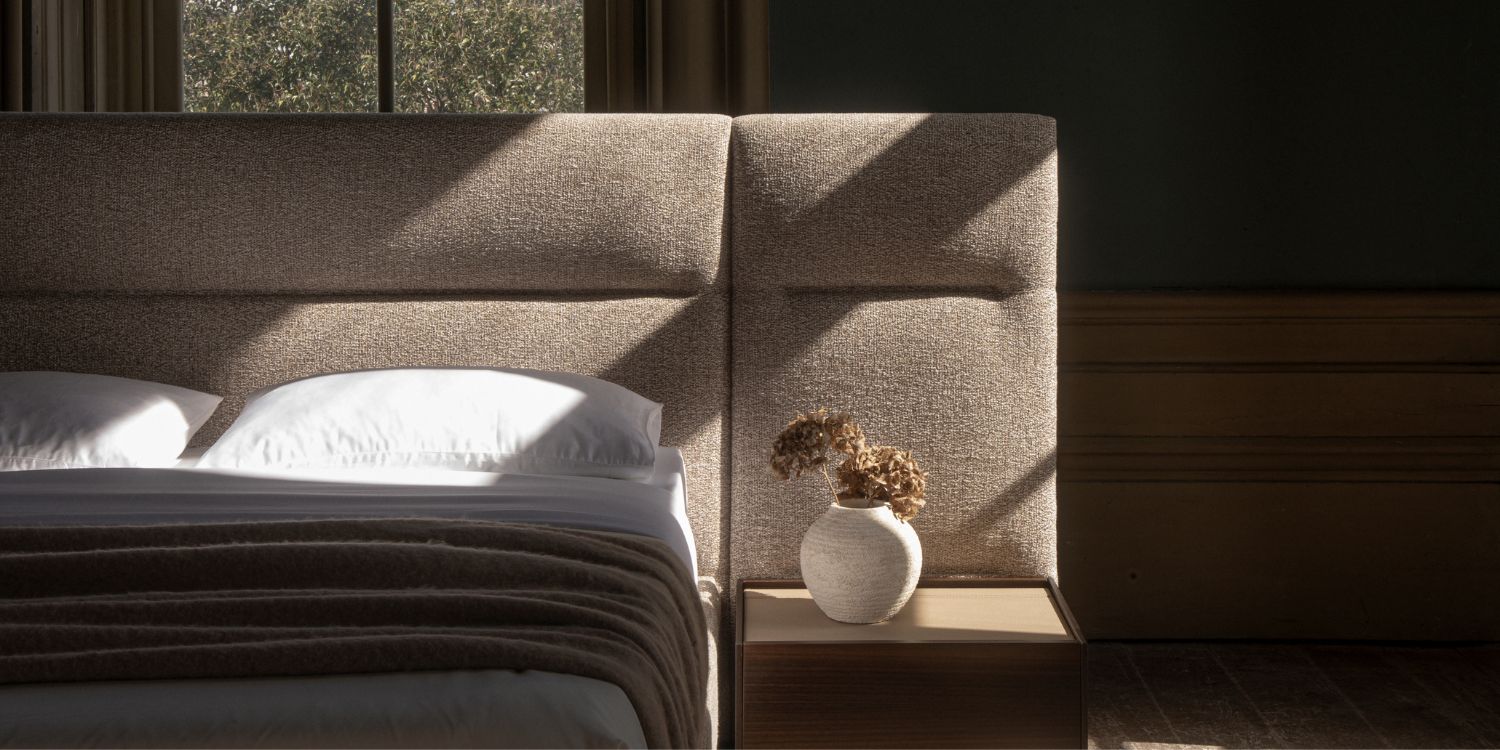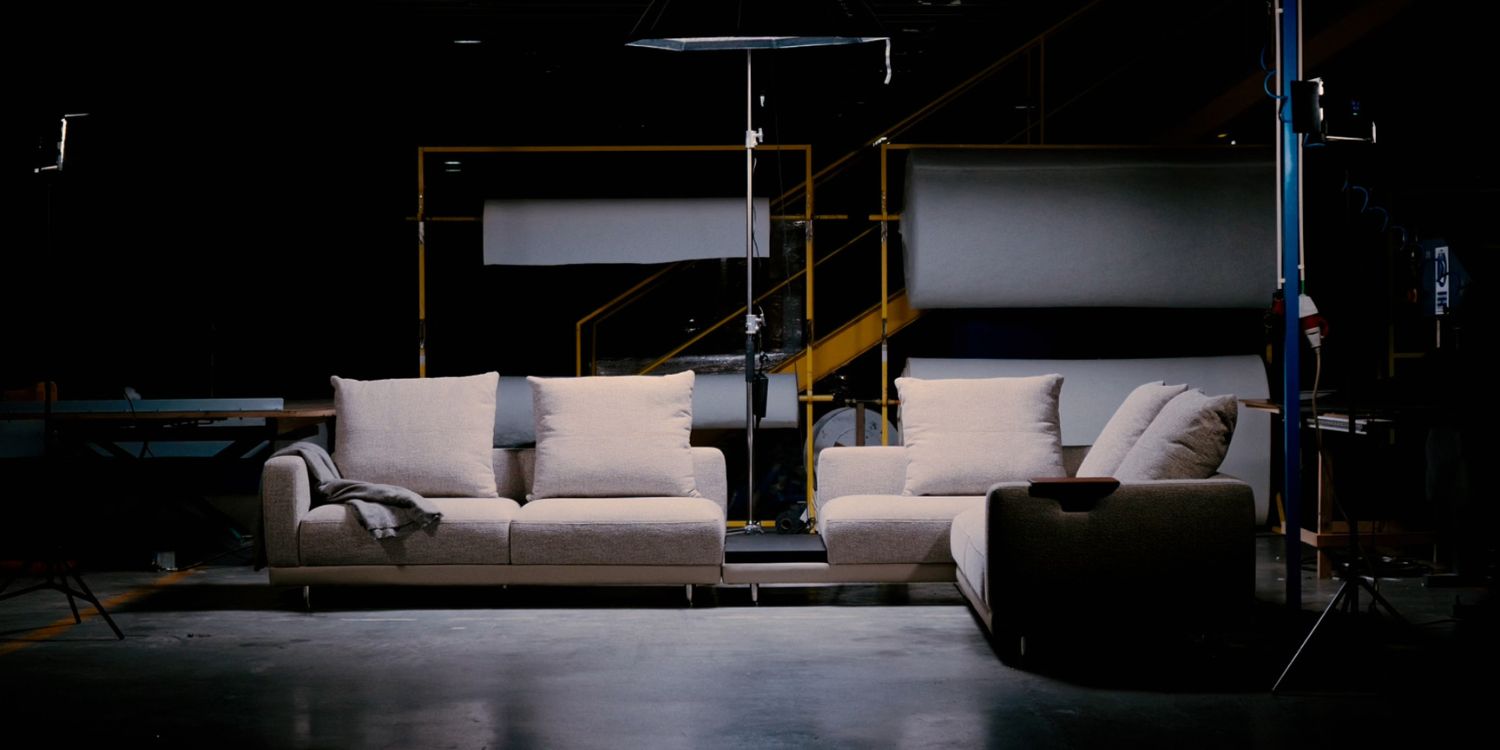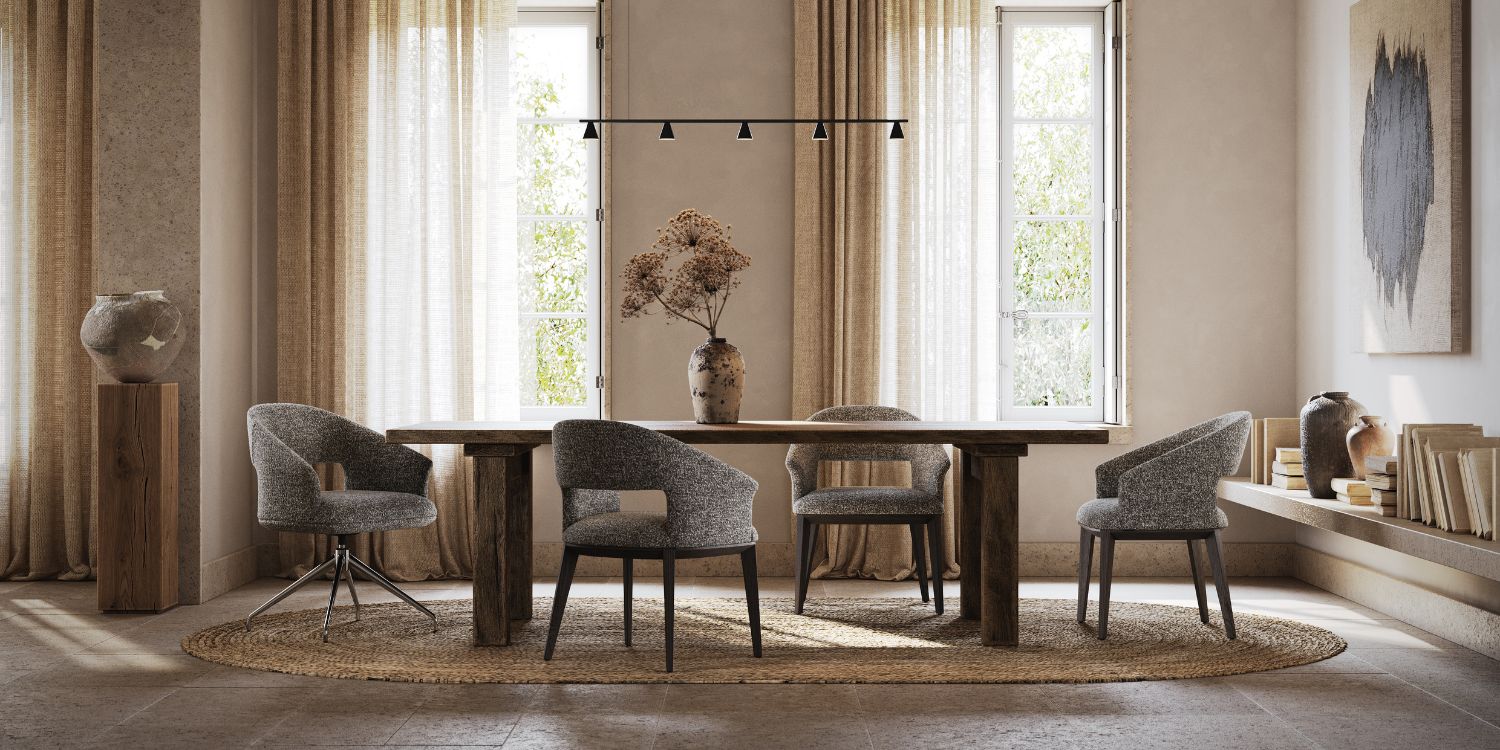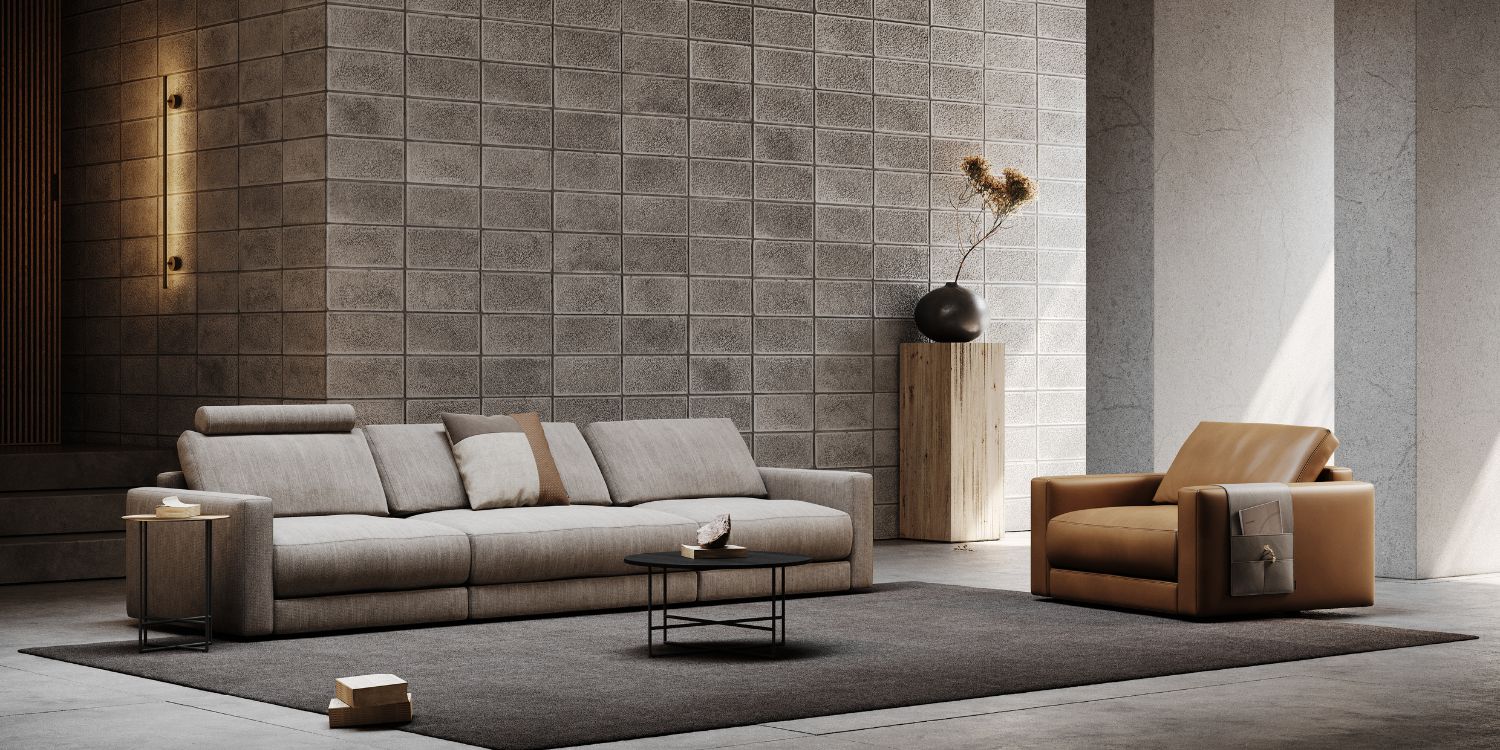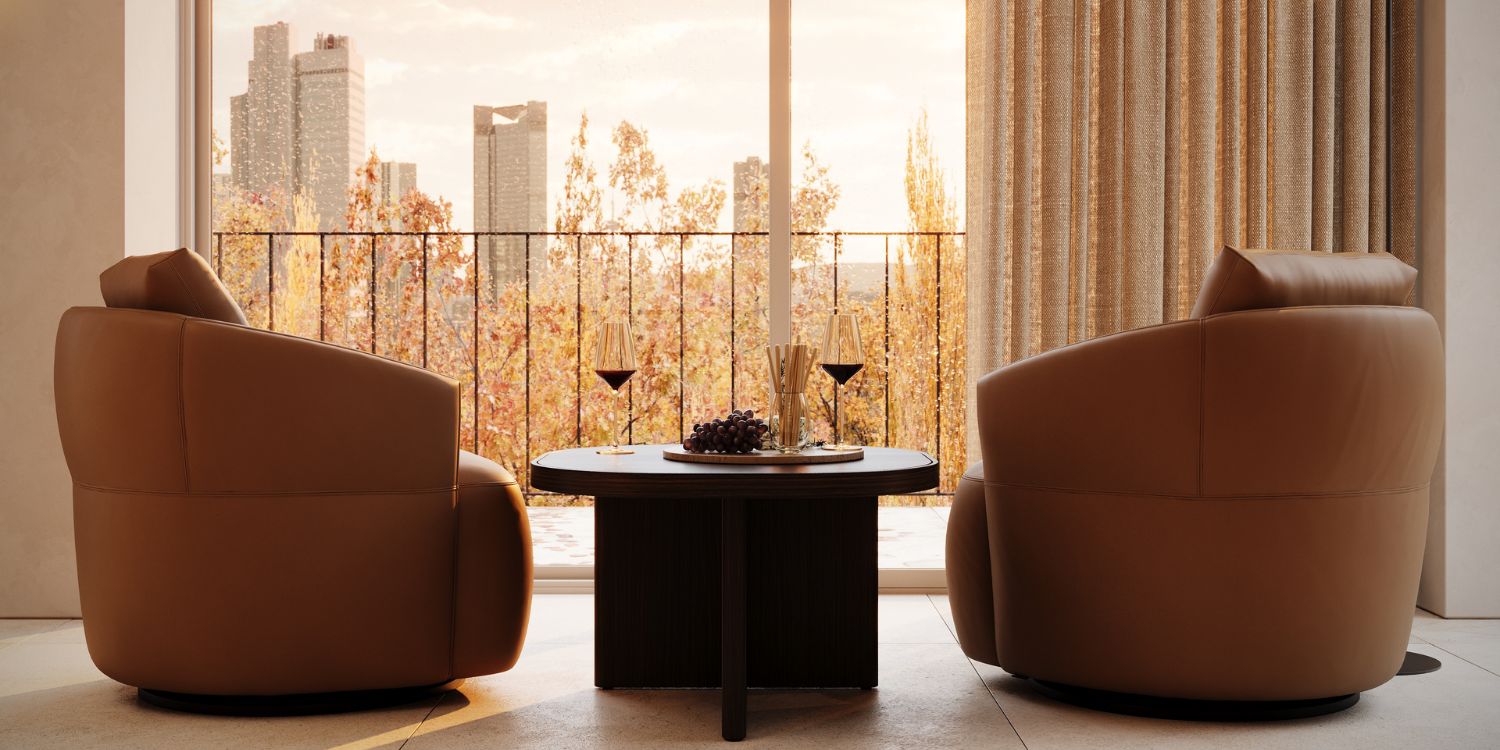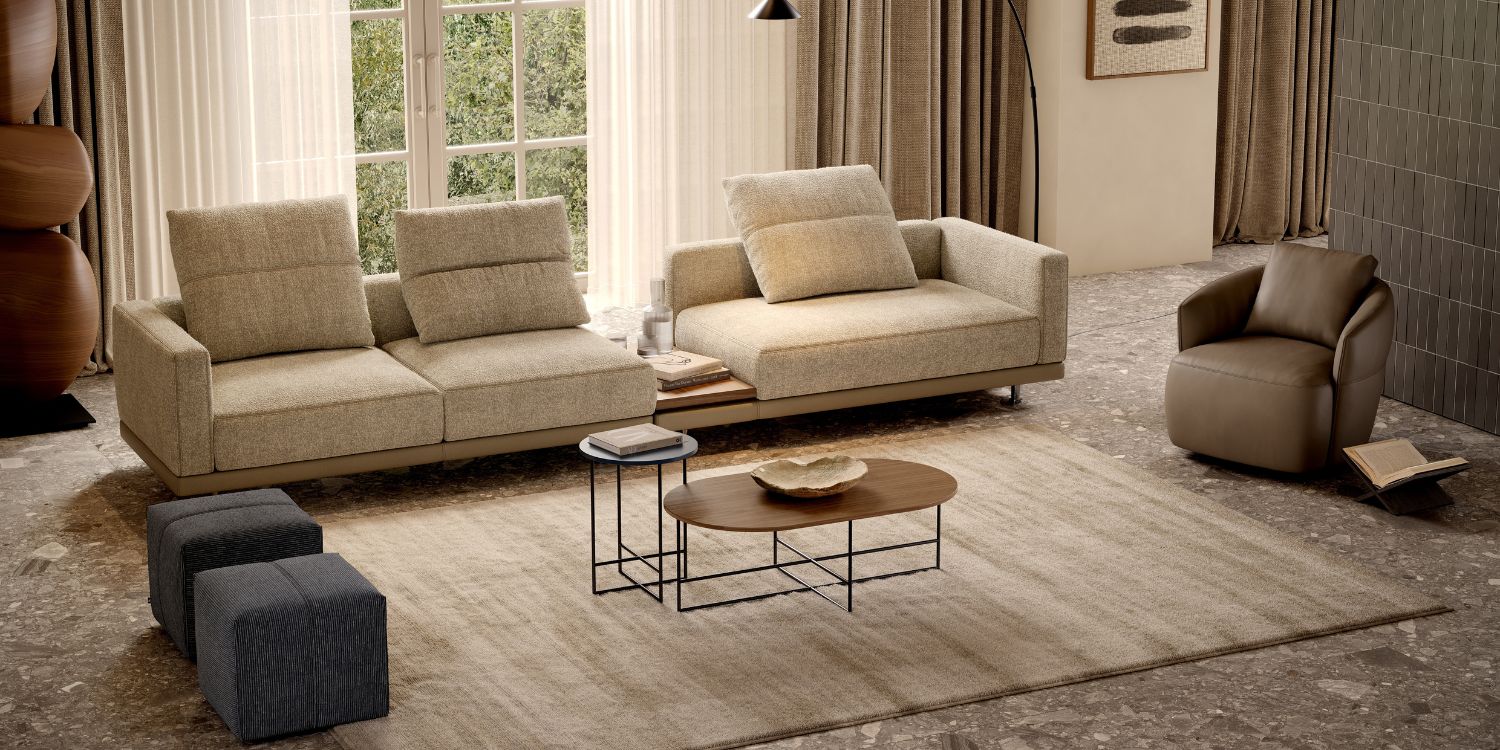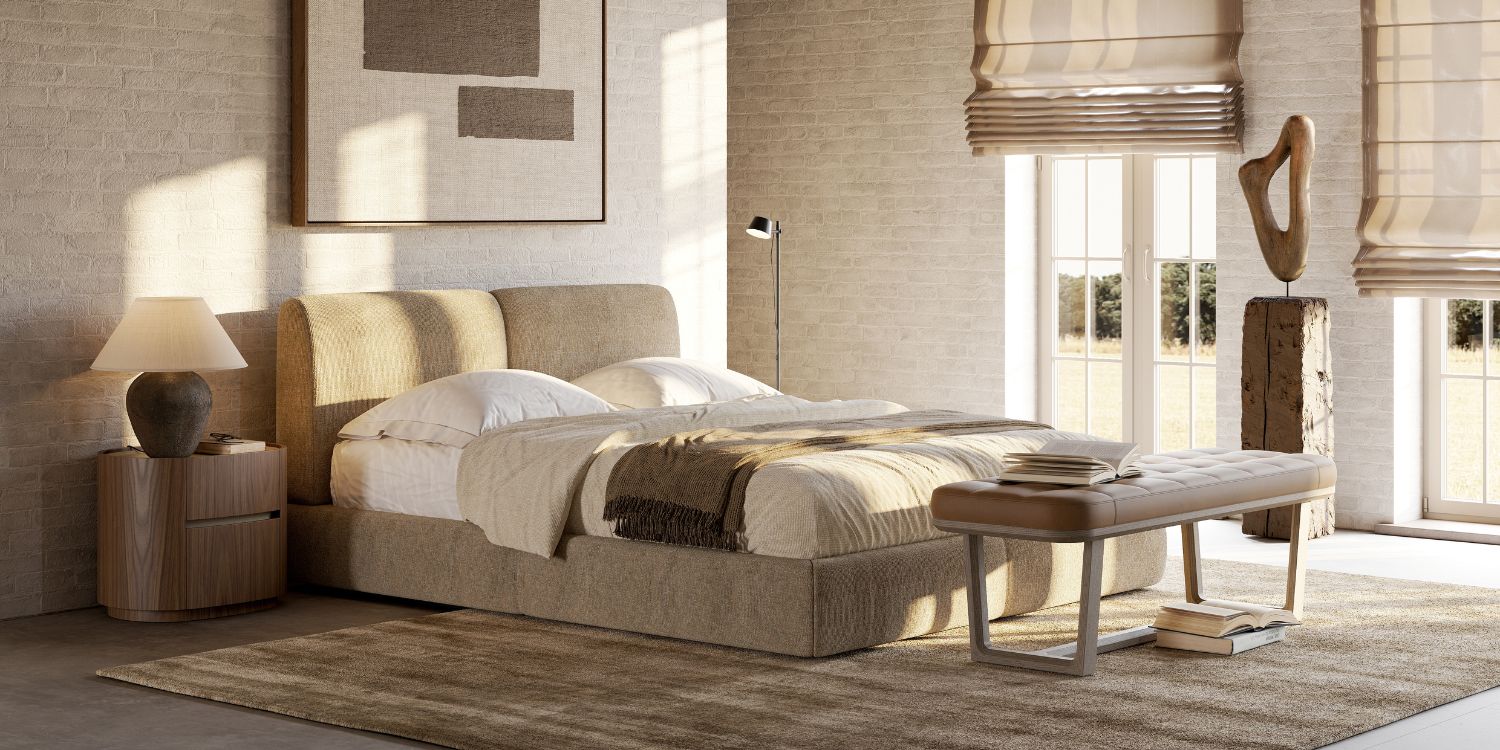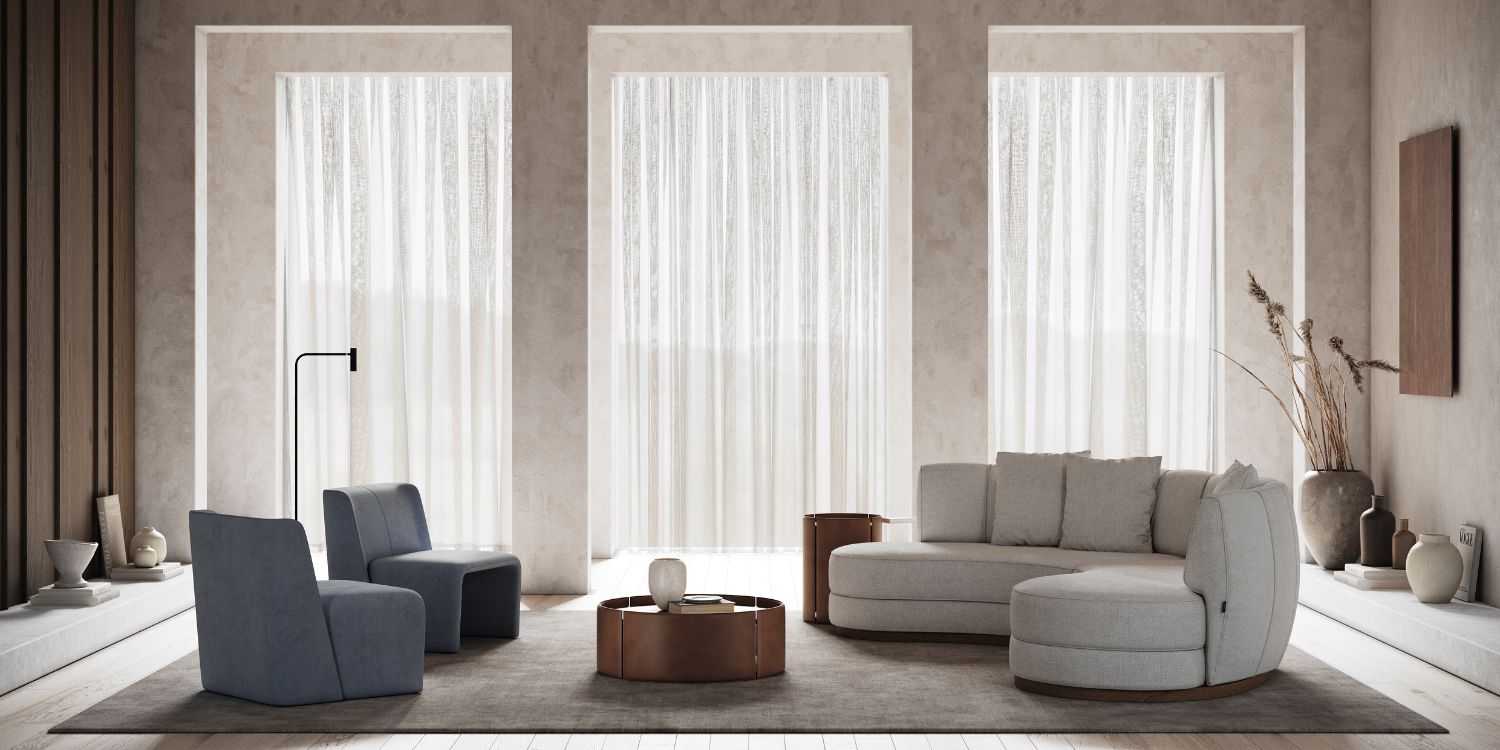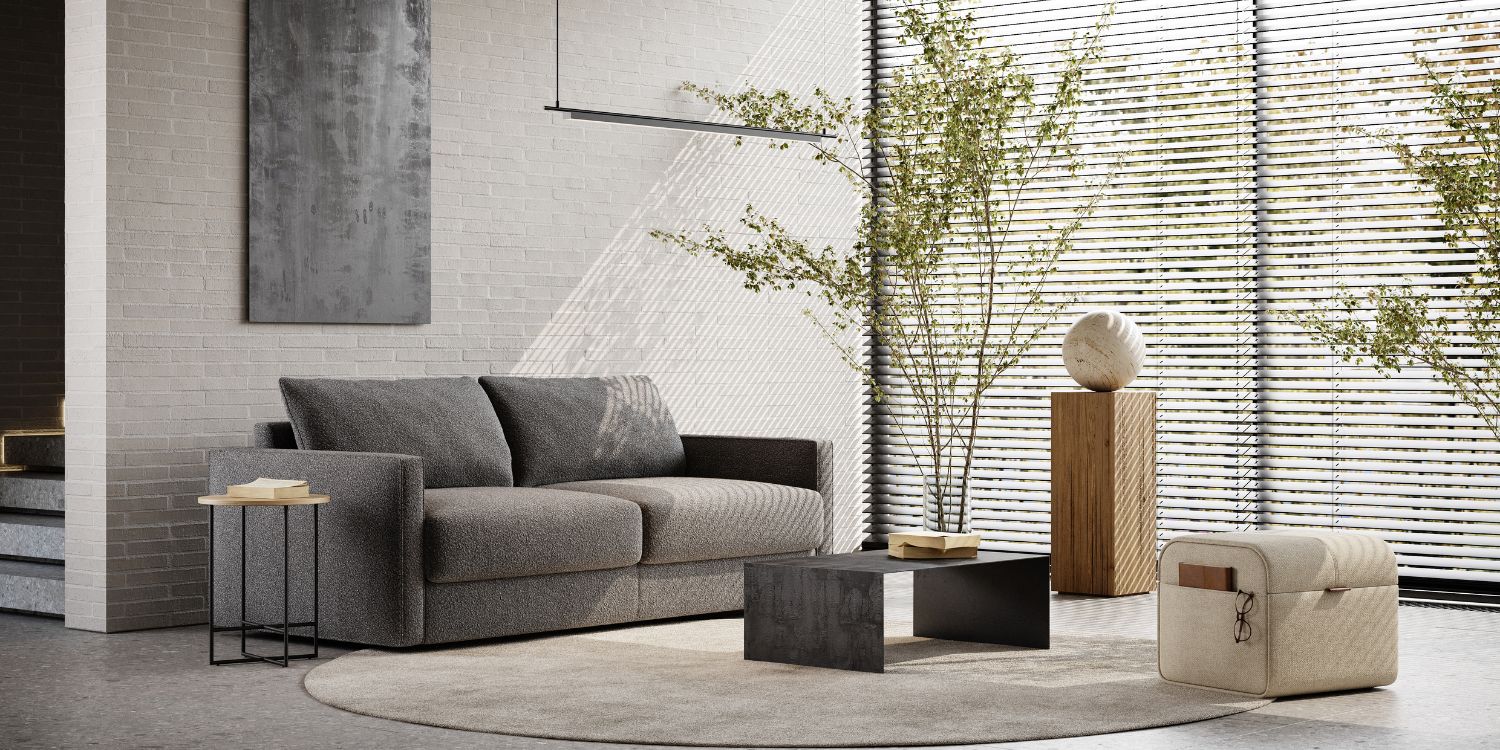Mid-century modern design has stood the test of time, continuing to inspire interiors with its clean lines, functional forms and organic influences. Its timeless appeal lies in the perfect balance between cosiness and sophistication, making it a favourite among interior designers.
This guide will walk you through the key elements of mid-century modern style, helping you create spaces that honour this iconic aesthetic.
The Fundamentals of Mid-Century Modern Design
Mid-century modern emerged in the mid-20th century, heavily influenced by the Bauhaus movement and Scandinavian design. It emphasises functionality, minimalism and a strong connection to nature. The style’s hallmark features include:
- Clean lines: Furniture often features straight or gently curved lines.
- Organic shapes: Designs are inspired by natural forms and materials.
- Functionality: Every piece serves a purpose without unnecessary ornamentation.
- Mixed materials: Wood, metal, glass and plastic are commonly used.
- Earthy tones: Colour palettes favour muted hues with pops of bold tones.
Materials and Finishes
Mid-century modern design thrives on the interplay of carefully chosen materials and finishes that reflect the era’s organic roots and its modernist leanings. At the heart of this aesthetic is wood, particularly warm-toned varieties like teak, walnut and rosewood. These woods, celebrated for their durability and rich grain patterns, bring an earthy warmth to the space while serving as a foundation for key furniture pieces and architectural details.
Metal complements wood by introducing a modern edge to interiors. Elements such as brass, stainless steel and chrome are commonly featured in light fixtures, furniture legs and decorative accents, enhancing the style’s clean lines and functional appeal. Similarly, glass is a frequent choice, used in tabletops or as accent features, fostering an open and airy ambience by allowing light to flow freely through the space.
For upholstery and soft furnishings, mid-century modern emphasises textures that blend comfort with visual interest. Materials like wool, leather and linen are commonly employed, often chosen in solid, neutral shades or vibrant retro tones to match the overall palette. These fabrics contribute to the tactile quality of the space and reinforce the design’s timeless and tailored look. The careful selection of finishes—balancing warmth, shine and texture—ensures a cohesive and harmonious mid-century modern aesthetic.
Key Colours
Mid-century modern interiors often start with neutral foundations, such as whites, greys and beiges for walls and large furnishings. These understated tones provide a perfect canvas for bursts of colour that bring energy and personality to the space. Vibrant hues like mustard yellow, burnt orange, olive green and teal are popular choices, reflecting the era’s love for bold yet harmonious palettes.
Patterns also play an essential role, with geometric or abstract designs appearing in rugs, throw pillows and artwork to add visual interest and a touch of retro charm.
Bringing All Together
Bringing a mid-century modern space to life involves more than simply curating iconic furniture or selecting the right materials! It’s about achieving a seamless harmony between all the elements.
The furniture arrangement should feel balanced and purposeful, with each piece contributing to the overall functionality of the room. Also, open layouts are a hallmark of this style, ensuring a sense of flow and spaciousness.
Natural light plays a vital role in enhancing the mid-century modern aesthetic. Large windows or strategically placed mirrors can amplify the connection between the indoors and outdoors, a defining principle of the style. Complement this with warm artificial lighting that doesn’t overpower the natural ambience.
Every detail, from the choice of accessories to the placement of textures and colours, must be thoughtfully considered. Bold hues and patterns should punctuate the space without overwhelming it, creating a lively yet cohesive atmosphere. The key is restraint: allowing each element to shine individually while contributing to the greater whole. In the end, a well-executed mid-century modern space feels effortless, timeless and uniquely personal.
Designing a mid-century modern space requires thoughtful attention to detail and an appreciation for the style’s principles. Whether you’re designing for a client or refreshing your own home, this is a style that never goes out of vogue.
YOU MAY ALSO LIKE: Lagom for Design Professionals: How To Master The Art Of ‘Just Enough’
We are working every day to bring you the most stylish ideas to fulfil your inspiration and to create the best interior design projects so feel free to follow our Instagram Page and subscribe to our newsletter.

